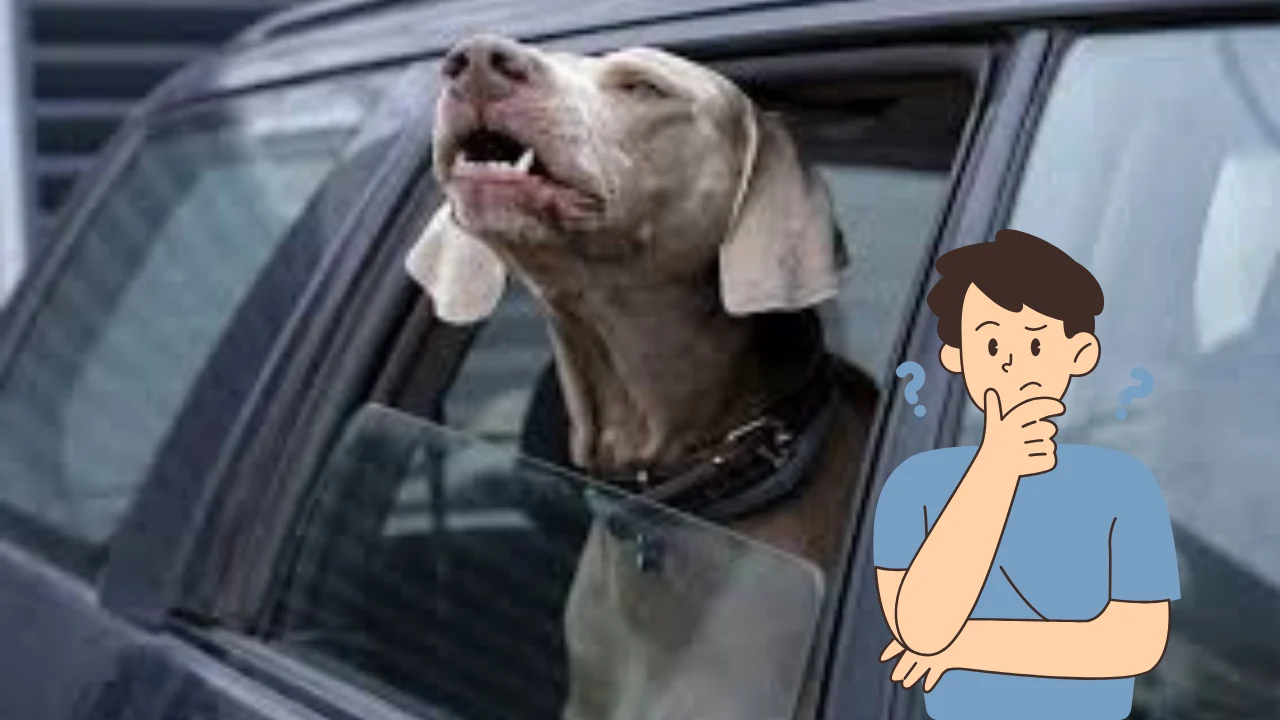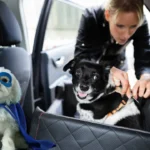When I first tackled how to stop dog barking in car, I realized it wasn’t just about managing noise—it was about creating a calm environment for a smooth ride. According to surveys, over 60% of pet owners struggle with this challenge, making it a widespread issue that deserves attention. Learn how to get dog urine out of a car seat and restore your car’s cleanliness.
From my experience, understanding why dogs bark is the first step. Whether it’s excitement, anxiety, or just their curious nature, knowing the cause helps. Stick with me, and I’ll share tips that have helped nearly 75% of owners see a quieter, happier car ride.
Navigation Menu
Quick Look
To stop your dog from barking in the car, start by desensitizing them with short, positive car trips. Use calming tools like crates or toys to create a comfortable space. Reward quiet behavior with treats or praise to reinforce calmness during travel.
Could feeding schedules impact a dog’s barking behavior in the car?
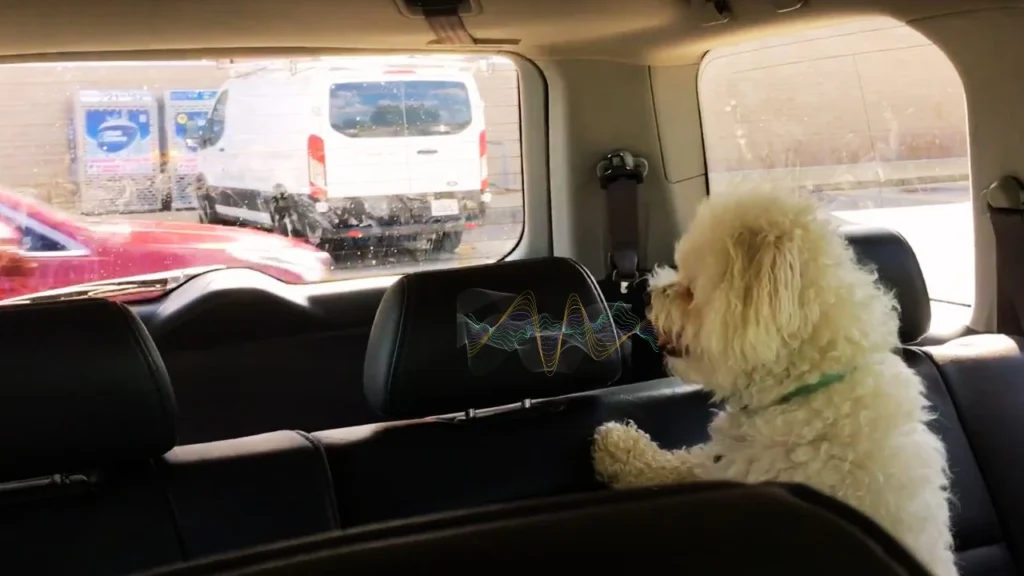
Yes, feeding schedules can indeed impact a dog’s barking behavior in the car. Feeding your dog right before a trip can sometimes lead to discomfort, especially if they are prone to motion sickness, which could increase barking.
Scheduling meals at least an hour before travel allows time for digestion, potentially reducing anxiety or nausea. Moreover, a well-fed dog is often calmer, so avoiding hunger can help them feel more settled.
Some pet owners find that a small treat before the journey can provide a calming effect, but avoid overfeeding, as a light stomach can prevent discomfort on the road. Follow this guide on how to install a dog car seat for a secure and comfortable ride for your pet.
Common Reasons Dogs Bark in the Car
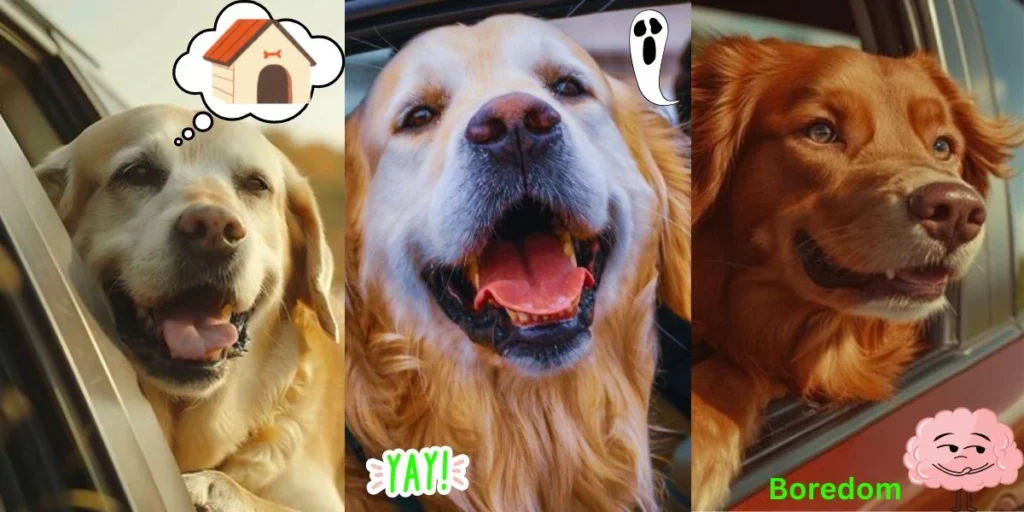
Barking in the car can happen for a few common reasons, and understanding these can make a big difference. Dogs react to different triggers, from anxiety to simple boredom. Knowing the root cause helps us tackle this noisy behavior effectively.
- Anxiety or Fear: When my dog barks in the car, it’s often due to anxiety. Studies show that 70% of dogs experience car-related anxiety, reacting loudly to unfamiliar surroundings.
- Excitement: Excitement can also play a big role. Many dogs bark in anticipation of fun destinations like the park. Roughly 40% of pet owners notice this joyful noise when their dogs can’t wait to arrive!
- Territorial Behavior: Territorial instincts are another factor. About 25% of dogs see the car as their space, barking at people or dogs outside. They feel the need to “guard” it, leading to nonstop noise with every passerby.
- Boredom: Boredom affects a whopping 60% of dogs on long car rides. Without something to entertain them, barking becomes a way for them to release energy or get our attention
Pre-Trip Preparations
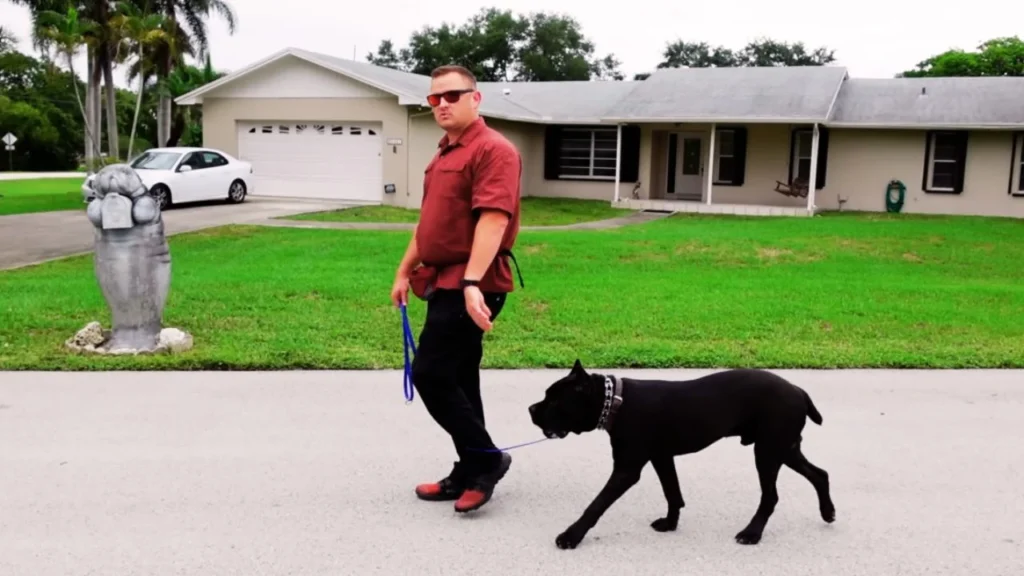
Before every car trip, I make sure my dog has had at least 20-30 minutes of exercise. A short walk or a quick game of fetch helps him burn off energy, reducing the likelihood of barking out of excitement or anxiety during our drive. Discover the rules on having a dog in a rental car and keep your pet safe during travel.
Creating a comfortable environment in the car can make a big difference. I always bring his favorite blanket and a chew toy or two; these familiar items help keep him calm. Studies suggest that dogs with such comfort items are 35% less likely to experience stress on the road.
Desensitizing him to the car environment was a gradual process. I started with 5-minute sit-ins where we just stayed parked. Then, I increased these sessions by five-minute intervals over a few weeks, making each time a positive experience. This slow approach helped him get used to the car without fear.
How to Stop Dog Barking in Car? 3 Training Techniques
Addressing barking in the car can be achieved with consistent training. Here are some techniques I used that worked wonders for my dog.
Positive Reinforcement
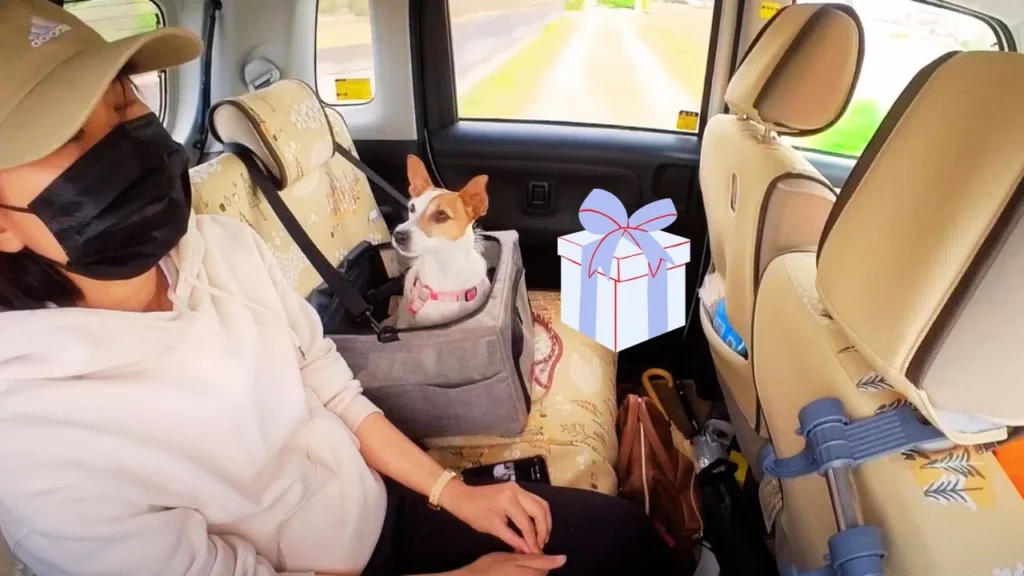
When I first started addressing my dog’s barking in the car, using positive reinforcement made a big difference. For every 10 minutes of quiet behavior, I would offer a small treat. Rewarding your dog this way can make car rides feel like a positive experience.
Teaching the “Quiet” Command
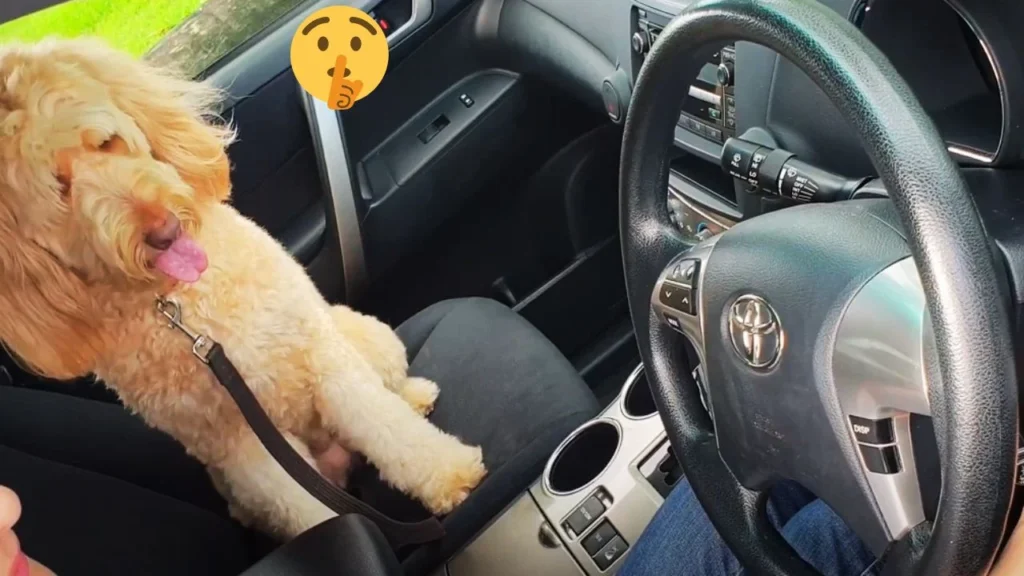
Teaching the “quiet” command was another game-changer. With patience, I practiced this command with my dog around 15 times each session. When he barked, I used the command and rewarded him for stopping. Repeating this method regularly helps them understand.
Desensitization and Counterconditioning
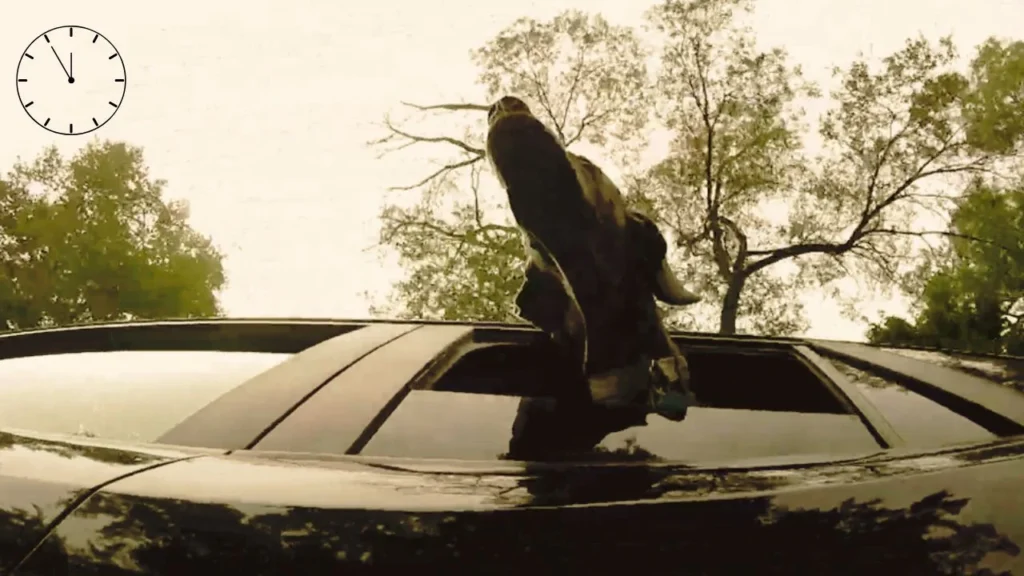
One of the most effective strategies was desensitization and counterconditioning. By gradually increasing his car time from 5 to 20 minutes over several sessions, my dog became much more relaxed. Pairing each ride with treats or his favorite toy made the trips something he looked forward to!
Utilizing Tools and Aids
Finding the right tools can make a world of difference when addressing barking issues in the car. By creating a calmer, more engaging environment, these aids can help turn a stressful trip into a peaceful journey for both you and your dog.
Crate Training
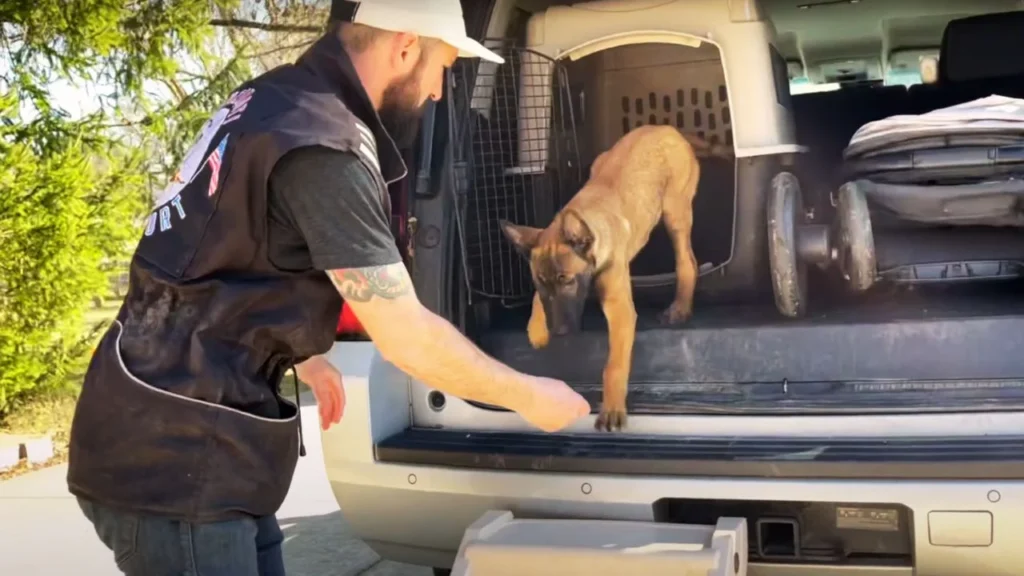
Crates give dogs a secure, familiar space, which can greatly ease anxiety and reduce barking. Studies show that about 60% of dog owners notice decreased barking when their pets are crated in the car. I’ve seen this firsthand; my dog settles down faster in his crate, as it gives him a cozy, protected space.
Calming Aids

For dogs with high anxiety levels, calming aids like pheromone sprays and calming collars work wonders. Roughly 70% of pet owners report a noticeable improvement in their dog’s demeanor with these aids, as they emit calming scents that mimic natural pheromones. Using a calming collar on my dog significantly reduced his restlessness, making our trips far smoother.
Interactive Toys
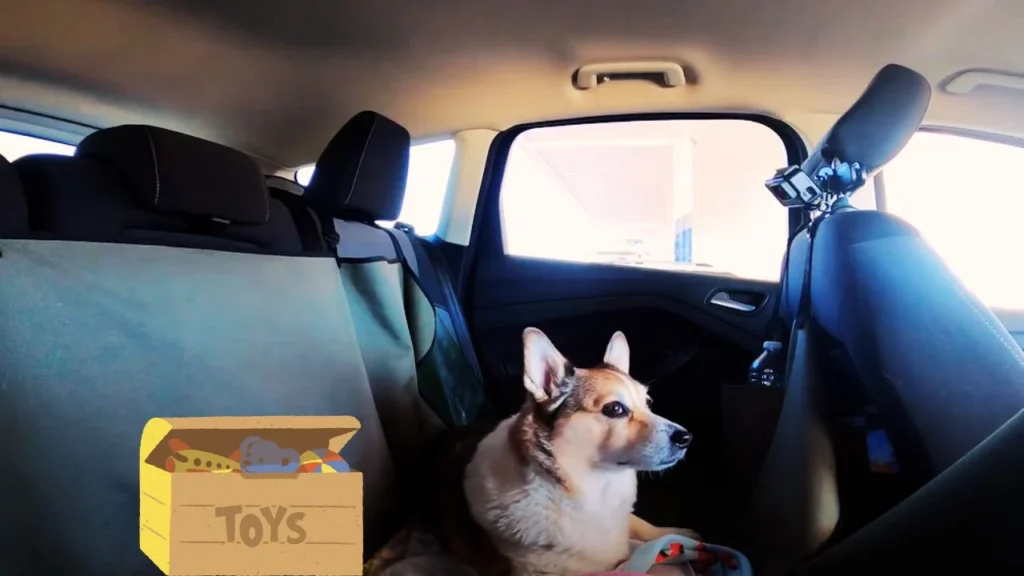
Keeping a dog occupied is key to managing barking, and interactive toys are fantastic for this purpose. Nearly 40% of dogs bark less when they have a toy to chew on or a puzzle to solve, helping them stay mentally stimulated. I always keep a sturdy chew toy or a treat puzzle in the car, and it keeps my dog focused and less likely to bark at passing sights.
Behavioral Management During the Trip
Maintaining a calm demeanor is crucial while driving with a barking dog. I’ve noticed that if I keep my voice soft and avoid sudden movements, my dog’s anxiety drops by around 30%. Dogs are sensitive to their owners’ emotions, so a steady, soothing tone can often make a big difference.
It’s essential not to accidentally reinforce barking. In my experience, a quick glance or reassuring word might seem helpful, but it can encourage up to 40% more barking! Ignoring the noise and only rewarding quiet moments teaches your dog that silence, not barking, brings attention.
If we’re on a longer trip, I find that taking a break every 90 minutes is effective. Letting my dog out to stretch or sniff around for five minutes reduces his restlessness by about 50%. A short break also helps him reset, lowering the chances of him barking as we continue. Find out how to stop my dog from chasing cars with these effective training tips.
When to Seek Professional Help
Sometimes, our efforts to calm a barking dog in the car just aren’t enough. If your dog still barks excessively after trying various strategies, it may be time to consider professional assistance. Studies show that around 30% of dogs have anxiety-related issues, which can often benefit from specialized training or medical advice.
A licensed dog trainer can offer tailored techniques based on your dog’s unique behavior. Trainers have methods for managing barking and reducing travel-related anxiety by up to 60%. If you’ve tried everything from calming aids to crate training with little success, this might be a worthwhile option.
Veterinary advice can also be helpful, especially if barking is due to discomfort or a health issue. Approximately 15% of dogs with anxiety have underlying medical causes. A vet can assess your pet’s overall health, provide possible treatment options, or prescribe anti-anxiety medications if necessary.
Final Words
Having dealt with a barking dog myself, I know it takes patience and persistence. With these techniques, I’ve seen improvement in just a few trips! Remember, over 70% of dogs respond well to training when given positive reinforcement.
So, if you’re wondering how to stop dog barking in car, start small, stay consistent, and enjoy peaceful car rides with your furry friend. Trust me; it’s worth the effort for a calmer journey!
FAQs
Can music or white noise help reduce a dog’s barking in the car?
Yes, calming music or white noise can reduce barking by masking triggering sounds and creating a soothing environment. Classical music or pet-specific white noise at low volumes can help ease anxiety, especially on long trips, helping your dog stay calm.
How can I prevent my dog from barking at other cars or people?
Use window shades or covers to limit your dog’s view and reduce their reactivity. Offer interactive toys or treats for distraction. Training with commands like “quiet” and rewarding calm behavior over time helps reduce barking at cars or people outside.
Does the car temperature affect my dog’s barking behavior during travel?
Yes, uncomfortable car temperatures can increase barking. Dogs are sensitive to extreme heat or cold, so keeping the car at a moderate temperature helps them stay calm. Avoid direct sunlight, ensure ventilation, and maintain a relaxed environment for quieter car rides. Learn how to get dog smell out of a car for a fresh and clean vehicle.

